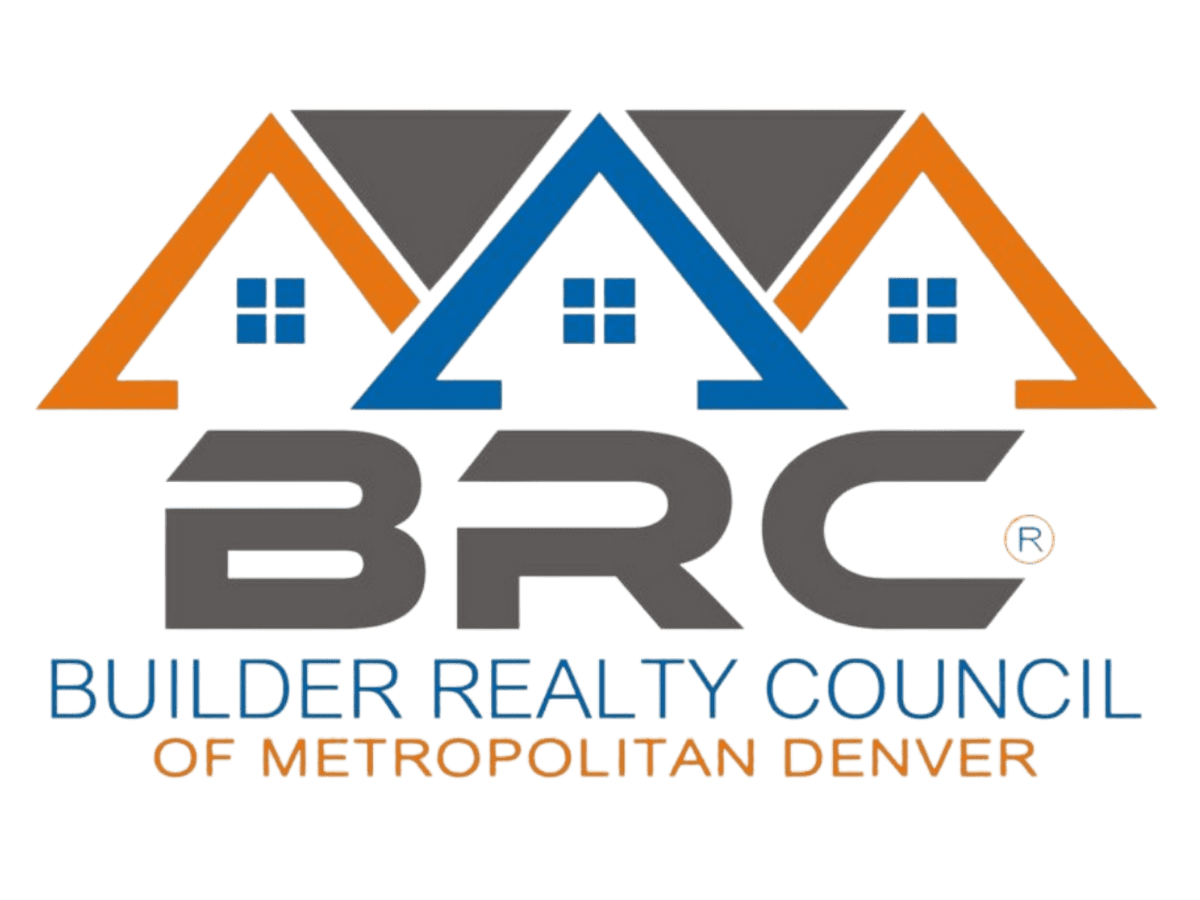
Embracing Sustainable Building: A Green Revolution in Real Estate
In today’s world, where environmental consciousness is on the rise, sustainable building practices have emerged as a pivotal trend in the real estate industry. Homebuyers are no longer just looking for a roof over their heads; they are actively seeking eco-friendly features that align with their values and contribute to a greener future. This shift in consumer preferences is driving realtors and home builders to adopt green building techniques that not only attract environmentally-conscious buyers but also pave the way for a more sustainable tomorrow.
One of the key aspects driving the demand for sustainable homes is the increasing awareness of environmental issues. From climate change to resource depletion, people are becoming more cognizant of the impact of traditional construction practices on the planet. As a result, there is a growing preference for homes that incorporate energy-efficient appliances, solar panels, and sustainable materials. These features not only reduce the carbon footprint of a home but also offer long-term cost savings for homeowners through lower energy bills and maintenance costs.
Realtors and home builders play a crucial role in meeting this demand for sustainable housing. By embracing green building practices, they not only cater to the preferences of environmentally-conscious buyers but also contribute to a more sustainable future. Incorporating energy-efficient designs, such as passive solar heating or natural ventilation, can significantly reduce a home’s energy consumption and carbon emissions. Similarly, integrating solar panels or other renewable energy sources can further enhance a home’s sustainability profile.
Another aspect of sustainable building that is gaining traction is the use of eco-friendly materials. Traditional construction often relies on materials that are resource-intensive and contribute to pollution. In contrast, sustainable materials such as bamboo, reclaimed wood, and recycled steel offer a more environmentally friendly alternative. These materials not only have a lower impact on the planet but also provide homes with unique aesthetic appeal and durability.
Moreover, sustainable building practices extend beyond the construction phase to encompass the entire lifecycle of a home. This includes considerations such as water conservation, waste management, and indoor air quality. Implementing water-saving fixtures, recycling construction waste, and using low-VOC paints and finishes are just a few examples of how green building practices can enhance the overall sustainability of a home.
In conclusion, the shift towards sustainable building practices represents a significant opportunity for the real estate industry. By embracing green building techniques, realtors and home builders can meet the evolving preferences of environmentally-conscious buyers, contribute to a more sustainable future, and reap the benefits of a growing market for sustainable homes. As we continue to prioritize environmental stewardship, sustainable building is not just a trend but a necessity for a brighter and greener tomorrow.
